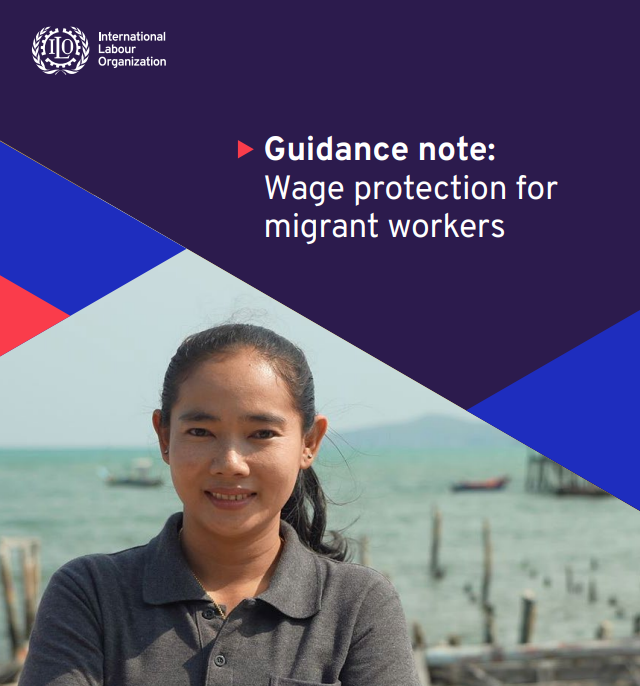Working time and wages are the working conditions that have the most direct and tangible effect on the everyday lives of workers and employers. Wages can determine job choice, the number of hours worked, and whether or not to migrate for employment. Adequate wages that ensure a fair share of the fruits of progress to all and standards for wage protection lie at the heart of the ILO’s mandate on social justice and the promotion of decent work. Workers need wages not only to pay for all of their own needs (housing, food, clothing and so on), but also to address the needs of their families. For some workers, such as migrant workers, there are additional dimensions to be considered. There is growing evidence that many migrant workers increasingly move through temporary labour migration programmes, including for the purpose of increasing job opportunities and obtaining better wages (ILO 2022i, 24). These wages then go towards remittances to their families in countries of origin, as well as towards expenditures in the communities where they live, including in local businesses. ILO estimates show there are 169 million migrant workers today, who represent 70 per cent of all working age migrants. Seventy million of them are women migrant workers.

